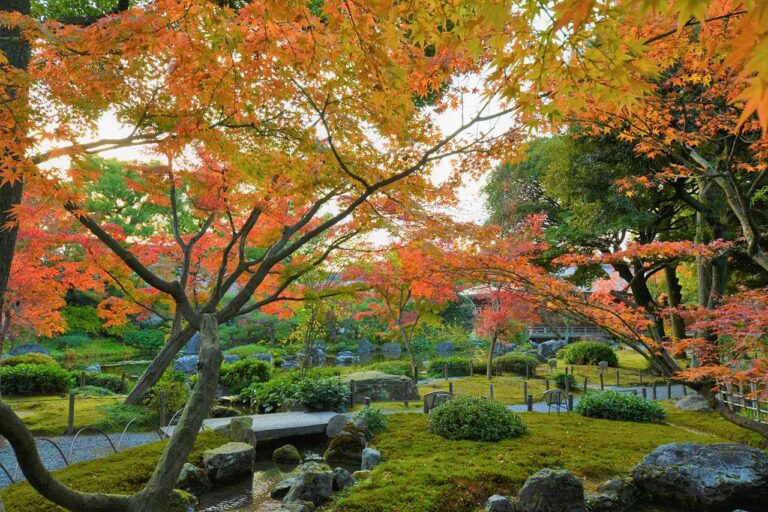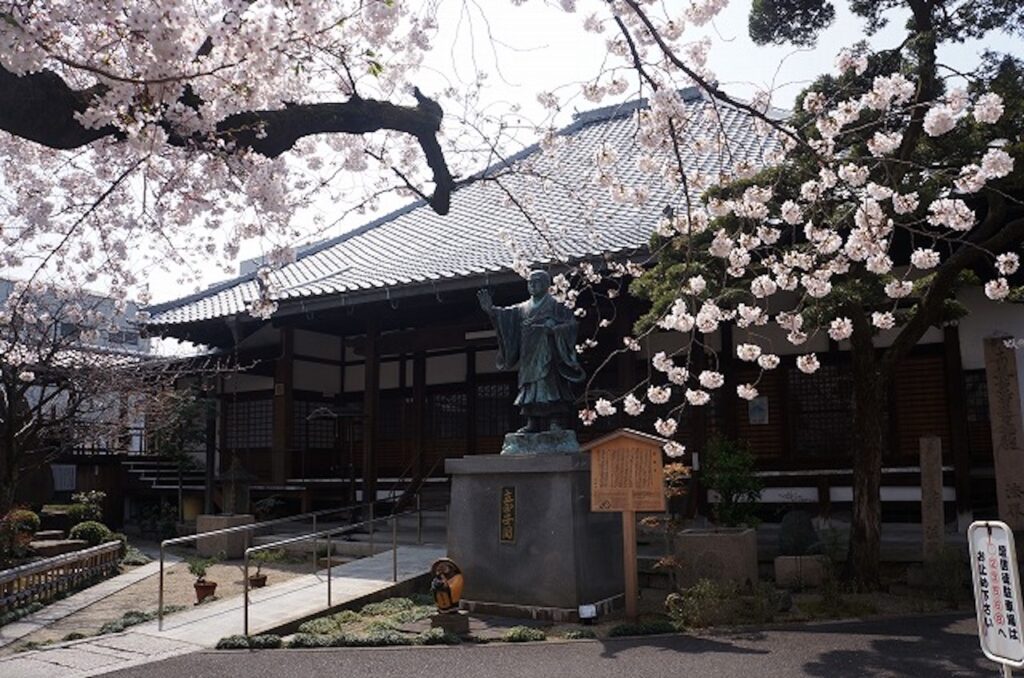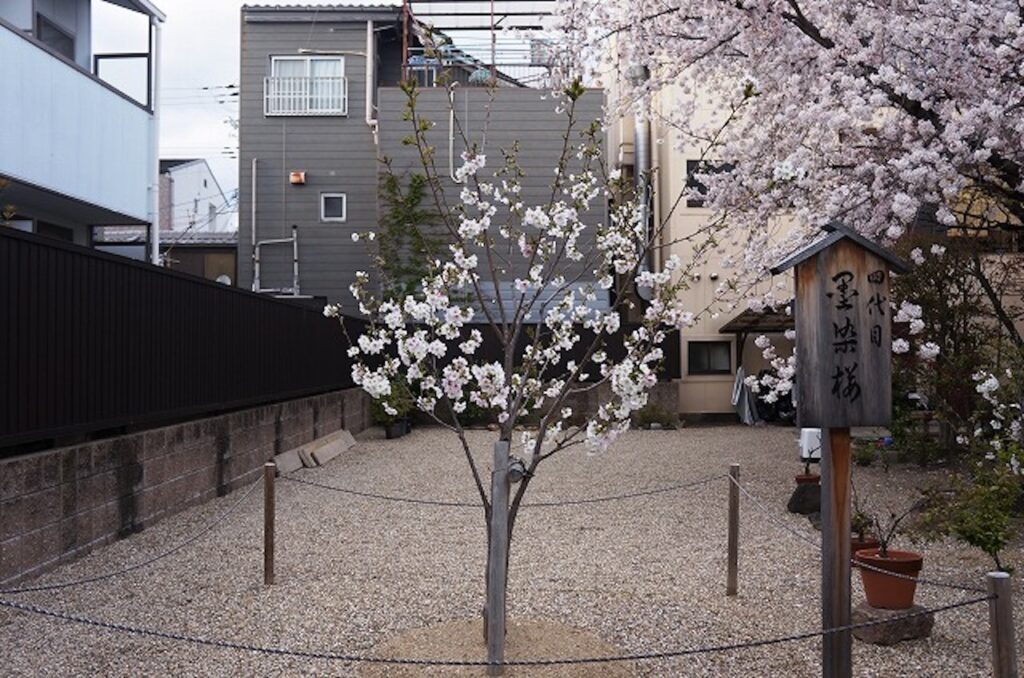
The Jonangu Shrine in Fushimi, a shrine of great faith as a place to ward off the...


The predecessor of this temple is said to have been founded by Yoshifusa Fujiwara in the Heian period. After its decline, it was restored as a Nichiren Shu temple by Hideyoshi Hideyoshi. Every year from the end of March to the beginning of April, the temple holds a "Cherry Blossom Festival" and the temple grounds are covered with cherry blossoms as visitors pass through the temple gate. The temple is named after the "Sumizome-zakura" cherry trees that bloom on the temple grounds. When Mototsune Fujiwara, the Grand Minister of State in the Heian period (794-1185), passed away, his friend, Mineo Kamitsuke, a poet, wrote a poem, "Cherry blossoms in the fields of Fukakusa, if you have a heart, bloom in Sumizome only this year. The legend has it that the cherry blossoms bloomed in sumizome colors, as if the poet's wish that "if cherry blossoms have a heart, let them bloom in sumizome only this year" was understood.
A young cherry tree, now in its fourth generation, is blooming with small, light-ink colored flowers.


Over 600 interviews per year! An order site carefully selected by the editors who knows Kyoto and Shiga.
nowOfficial LINE friend registration500 yen OFF coupon is being issued!
Distributed every Friday morning at 8:00 am! From new restaurant information to event information that we want to share with you, We deliver articles about Kyoto that are useful to know. About 20,000 people have registered.Click here to add a friend!
 News
News Feature article
Feature article Featured event
Featured event